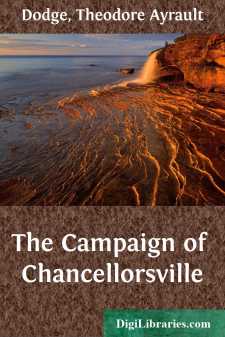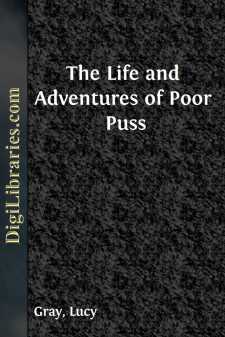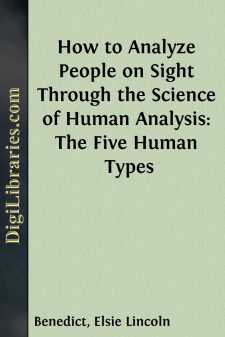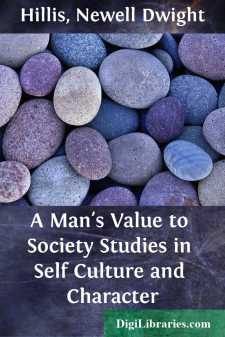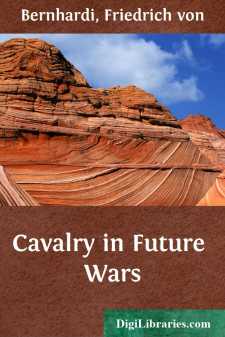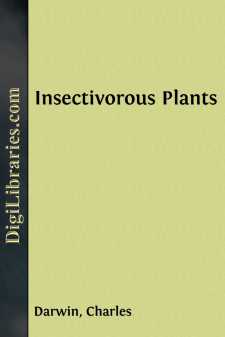Non-Classifiable
- Non-Classifiable 1768
Non-Classifiable Books
Sort by:
I. INTRODUCTION. It must seem to the casual reader of the history of the war of 1861-65, that enough has already been written upon the campaign of Chancellorsville. And there are numerous brilliant essays, in the histories now before the public, which give a coup-d'oeil more or less accurate of this ten-days' passage of arms. But none of these spread before the reader facts sufficiently...
more...
by:
Lucy Gray
Poor Puss, the subject of the following memoir, was the favourite companion of Widow Wales and her little girl Julia. She departed this life in her fifth year, and was interred at the bottom of the garden, last Thursday morning at half-past eight o'clock. The cause of her death proceeded from an internal disorder and shortness of breath. For a week or more it was evident that her end was fast...
more...
Mr. Beck, who is one of the leaders of the New York Bar, is the author of the most widely read article written since the war began, entitled: "The Dual Alliance v. The Triple Entente," which was subsequently expanded into a book, called "The Evidence in the Case," pronounced by a distinguished publicist to be "the classic of the war." After its publication in The New York Times...
more...
Human Analysis—The X-Ray Modern science has proved that the fundamental traits of every individual are indelibly stamped in the shape of his body, head, face and hands—an X-ray by which you can read the characteristics of any person on sight. he most essential thing in the world to any individual is to understand himself. The next is to understand the other fellow. For life is largely a problem of...
more...
"There is nothing that makes men rich and strong but that which they carry inside of them. Wealth is of the heart, not of the hand."—John Milton. "Until we know why the rose is sweet or the dew drop pure, or the rainbow beautiful, we cannot know why the poet is the best benefactor of society. The soldier fights for his native land, but the poet touches that land with the charm that makes...
more...
PREFACE I ventured to express the opinion in my book, 'With General French and the Cavalry in South Africa,' that if a high ideal of the duties and possibilities of Cavalry is set before our officers, and the means of instruction and training are placed within their reach, we shall possess in our next great War a force which, if led by men of the stamp of General Sir John French, will prove...
more...
by:
Dugald Butler
INTRODUCTION This book is designed to render to Scottish Churchmen the special service of presenting to them, in a brief but comprehensive survey, the record of their ecclesiastical history which is engraved in their ecclesiastical architecture. There is no record so authentic as that which is built in stone. There is none so sacred as that which attests and illustrates the religion of our forefathers....
more...
by:
Alice J. Knight
CHAPTER I BARTOLOMÉ THE YOUTH Whenever we hear of a famous man,—whether he be artist, author, statesman, soldier, scientist, great traveler, or missionary,—we like to know what sort of a boy he was. We are curious about his home, his school, his parents, his friends, and all the various influences that helped to make him the man he was. Such knowledge gives us a better understanding of his after...
more...
INTRODUCTORY Carpentry is the oldest of the arts, and it has been said that the knowledge necessary to make a good carpenter fits one for almost any trade or occupation requiring the use of tools. The hatchet, the saw, and the plane are the three primal implements of the carpenter. The value is in knowing how to use them. The institution of Manual Training Schools everywhere is but a tardy recognition...
more...
by:
Charles Darwin
Enamel and Dentine.—As the secretion decalcified ordinary bone, I determined to try whether it would act on enamel and dentine, but did not expect that it would succeed with so hard a substance as enamel. Dr. Klein gave me some thin transverse slices of the canine tooth of a dog; small angular fragments of which were placed on four leaves; and these were examined each succeeding day at the same hour....
more...


